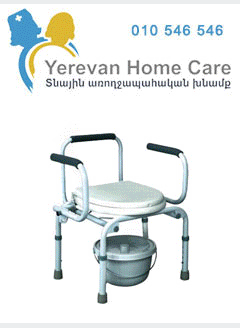Sun lotion and clothes may still the best guard against sunburn, but how about protecting your skin by eating the right foods?
Two nutrients proven to increase your skin's own sun protection are carotenoids and lycopene. Both can be absorbed from food or taken as supplements.
Carotenoids: the green and orange protectors
Carotenoids with molecules containing oxygen are known as xanthophylls, while unoxygenated carotenoids are known as carotenes. Xanthophylls are found in green leafy vegetables such as spinach and kale. Carotenes are found in vegetables and fruits such as sweet potatoes, carrots, pumpkins, mangos and apricots. Carotenes are also responsible for the orange color.
In a study by González et al., mice whose diets were enriched with lutein and zeaxanthin – two common xanthophylls – for two weeks had fewer negative effects from ultraviolet B irradiation. The more lutein and zeaxanthin they ate, the more protection they had. The results suggest that eating foods rich in these nutrients will provide at least some protection from the sun.
A meta-analysis by Köpcke & Krutmann concluded that beta-carotene is effective in protecting against sunburn and that time is important: the longer the duration of supplementation, the stronger the effect. A minimum of 10 weeks was needed to see results, and the protective effect increased with each additional month of supplementation.
Lycopene: the red avenger
Lycopene is found in red fruits such as tomatoes, red bell pepper and watermelon. Unlike many other fruits and vegetables, where the nutritional content is diminished through cooking, processing tomatoes actually increases the amount of bioavailable lycopene. Thus, tomato paste has much more lycopene than fresh tomatoes.
In the study mentioned here, people who consumed tomato paste had 33% more protection against sunburn compared to a control group after 12 weeks. The level of protection was equal to a sun protection factor (SPF) of 1.3, which is low compared to a good sunscreen but still quite significant. The daily amount was 55 grams (or five tablespoons) of tomato paste consumed with olive oil. It also boosted the level of procollagen in the skin, which suggests potential reversal of the skin aging process.

















